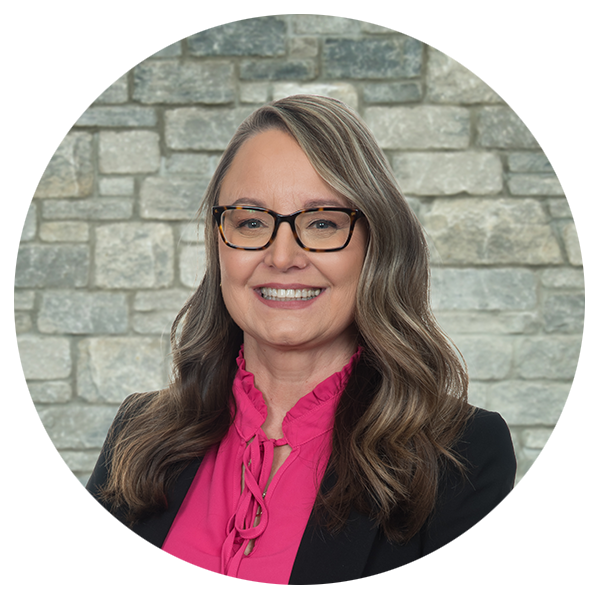The Hearing Store
Earache
What is Otitis Media?
Otitis media means inflammation of the middle ear. The inflammation occurs as a result of a middle ear infection and can occur in one or both ears. Otitis media is the most frequent diagnosis recorded for children and also the most common cause of hearing loss in children. Although otitis media is most common in young children, it also affects adults occasionally. It occurs most commonly in the winter and early spring months.
Is It Serious?
If not treated, the infection can spread to nearby structures in the head, especially the mastoid. Thus, it is very important to recognize the symptoms of otitis media and to get immediate attention from your doctor.
What Are The Symptoms?
In infants and toddlers look for:
- Pulling and scratching at the ear (especially if accompanied by other symtoms)
- Hearing problems
- Crying, irritability
- Fever
- Vomiting
- Ear drainage
In young children, adolescents and adults look for:
- Earache
- Feeling of fullness or pressure
- Hearing problems
- Dizziness, loss of balance
- Nausea, vomiting
- Ear drainage
- Fever
What Causes Otitis Media?
Sometimes the eardrum ruptures and fluid drains out of the ear, but more commonly, it remains in the middle ear due to the swollen and inflamed eustachian tube. This is called middle ear effusion or serious otitis media. Often after the acute infection has passed, the effusion remains and becomes chronic, lasting for weeks, months or even years. This condition can lead to frequent recurrences of the acute infection and may cause difficulty in hearing.
What will happen at the physician's office?
During an examination, the doctor will use an instrument called an otoscope to assess the ear’s condition and will perform an examination to check for redness in the ear and/or fluid behind the eardrum. With the gentle use of air pressure, the doctor can also see if the eardrum moves. If the eardrum doesn’t move and/or is red, an ear infection is probably present.Two other tests may he performed for more information:
- An audiogram tests which hearing loss has occurred by presenting tones in various pitches.
- A tympanogram which measures the air pressure in the middle ear to see how well the eustachian tube is working and how well the eardrum can move.
The Importance of Medication
Sometimes the physician may recommend a medication to reduce fever and/or pain such as analgesic ear drops. Call your physician if you have any questions about you or your child’s medication or if symptoms do not clear.
What Other Treatment May Be Necessary?
Most of the time, otitis media clears up with proper medication and home treatment. However, further treatment may be recommended by your physician and an operation, called a myringotomy, may be recommended. This involves a small surgical incision (opening) into the eardrum to promote drainage of fluid and to relieve pain. The incision heals within a few days with practically no scarring or injury to the eardrum. In fact, the surgical opening can heal so fast that it often closes before the infection and the fluid are gone.
A ventilation tube can be placed in the incision, preventing fluid accumulation and thus improving hearing. The surgeon selects a ventilation tube for your child that will remain in place for as long as required for the middle ear infection to improve and for the eustachian tube to return to normal which may take several weeks or months. During this time, you must keep water out of the ears because it could start an infection, otherwise, the tube usually causes no trouble.
Otitis media may recur as a result of chronically infected adenoids and tonsils. If this becomes a problem, your doctor may recommend removal of one or both. This can be done at the same time as ventilation tubes are inserted. Otitis media is generally not serious if it is promptly and properly treated. Be sure to follow the treatment plan, and see your physician until he/she tells you that the condition is fully cured.

